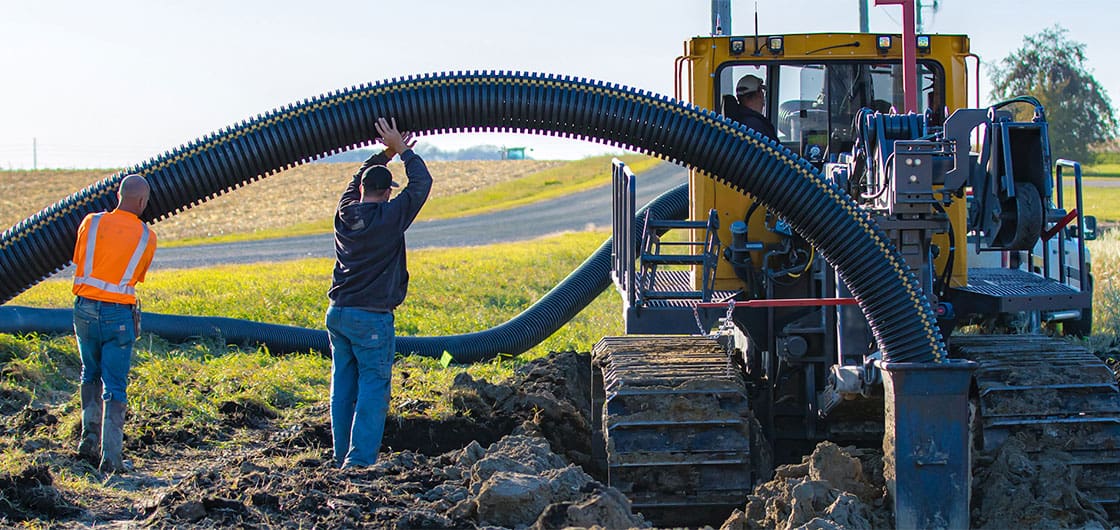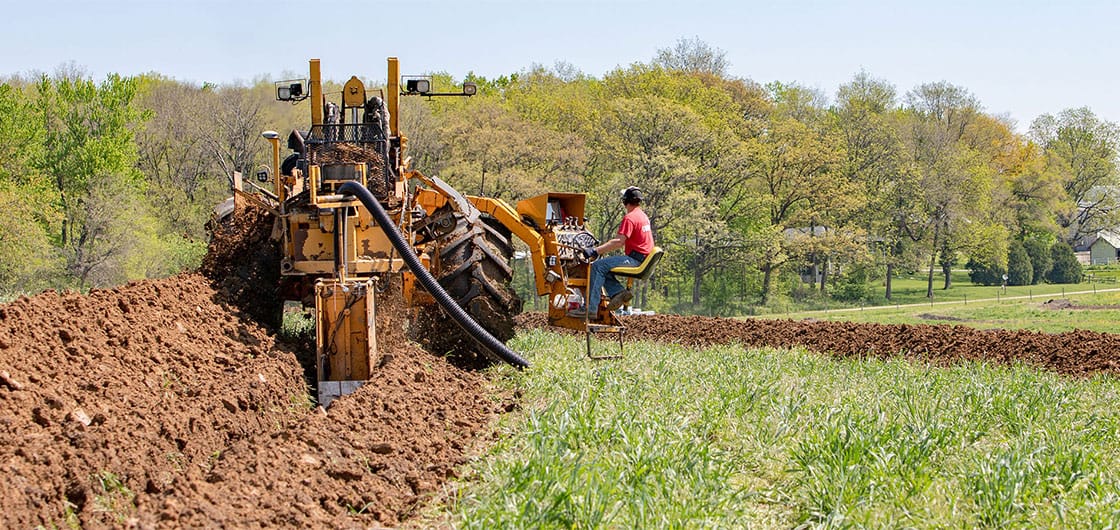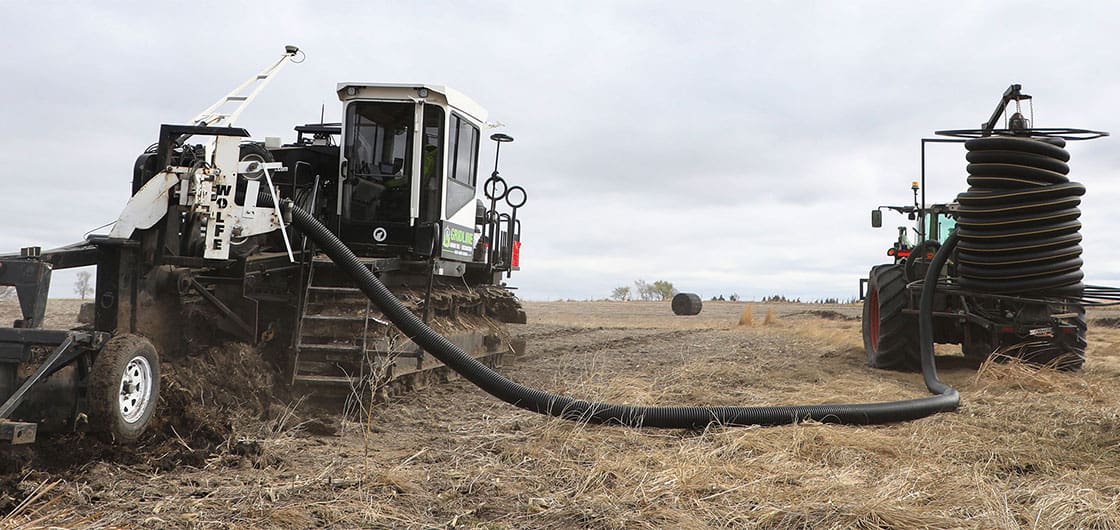
About The Water Table
Your work is critical to the success of agriculture, and we’d like to say thank you. To do that, we’ve built one of the world’s most extensive, inclusive, online educational resources about agricultural water management. It’s designed to be a tool for drainage contractors and their customers to learn more about important topics such as sustainable best practices, innovative new products, and challenges facing our industry, such as resin shortages.
The Water Table website is a Prinsco Educational Initiative dedicated to giving back and telling the agricultural water management story.
Fresh water is one of our world’s most valuable resources
Now, more than ever, we must work together to manage and protect our world’s freshwater in order to ensure a healthy planet and an abundant food supply. Agricultural drainage water management is a critical, yet often misunderstood part of that solution.
There are many methods to managing water on farmland, but the most effective is subsurface drainage systems that are installed twelve or more inches below the ground. These systems help to maintain water table levels so crops have the right soil conditions to promote healthy roots and maximum nutrient uptake. They also help to pull rainwater down through the soil rather than run along the surface taking valuable topsoil with it. Farmers rely on subsurface water management systems to keep their cropland as healthy and as productive as possible. This has been even more critical in recent years as weather events have become more extreme and swings from too little to too much rainfall have become common.
The History of Agricultural Drainage
The Romans are credited with the earliest drainage practice, laying clay roof tiles in trenches to direct the water. The term “tile” stuck. When Northern Europeans immigrated to the US, they brought tiling with them. Many farmers still remember hiring men to work year around digging tile in by hand.
Perhaps the most significant development in drainage came as a result of the Great Dust Bowl in the 1930s. It caused unbelievable amounts of soil erosion and spurred the creation of the Soil Conservation Service (SCS). From the ’40s to the ’70s, this new entity implemented the Agricultural Conservation Program, which promoted the drainage of farmland as a “best management practice.” It was an aggressive cost-share program that actually paid farmers to drain wetlands. As a result, large tracts of land came under the plow and were put into production. This was a great period of cooperation between farmers and the SCS, and marked the beginning of production agriculture in the Midwest.
Years later, things changed dramatically with the implementation of the 1985 Farm Bill, which introduced swamp buster and sodbuster provisions, along with conservation compliance. From then on, to remain in the coveted farm program, you could no longer drain a wetland or break new sod without complying with strict NRCS regulations controlling land use.
This was a huge shift – an agency that had once promoted the drainage of wetlands as the SCS, became a highly active regulatory agency as the NRCS.
In this new era, all US soils were mapped by the NRCS in order to designate wetlands and control farming work in those areas. The new Swamp Buster rule essentially capped the number of farmable acres in the US. Since then, all drainage on any US farmland has been highly regulated by the NRCS and other governmental agencies.
Since 1985, farmers have not been allowed to drain wetlands. In fact, failing to follow drainage regulations can have serious financial consequences to farmers by disqualifying them for the much-needed farm program.



